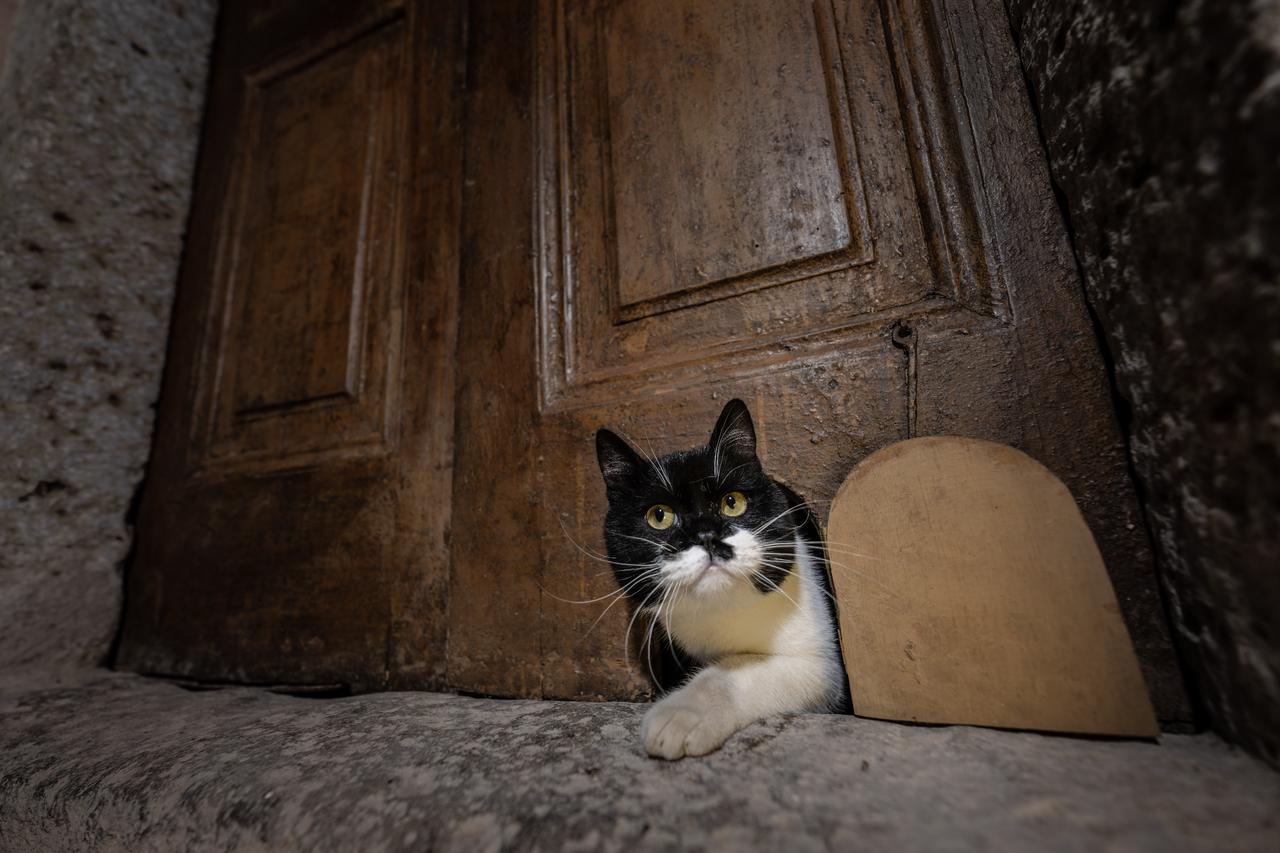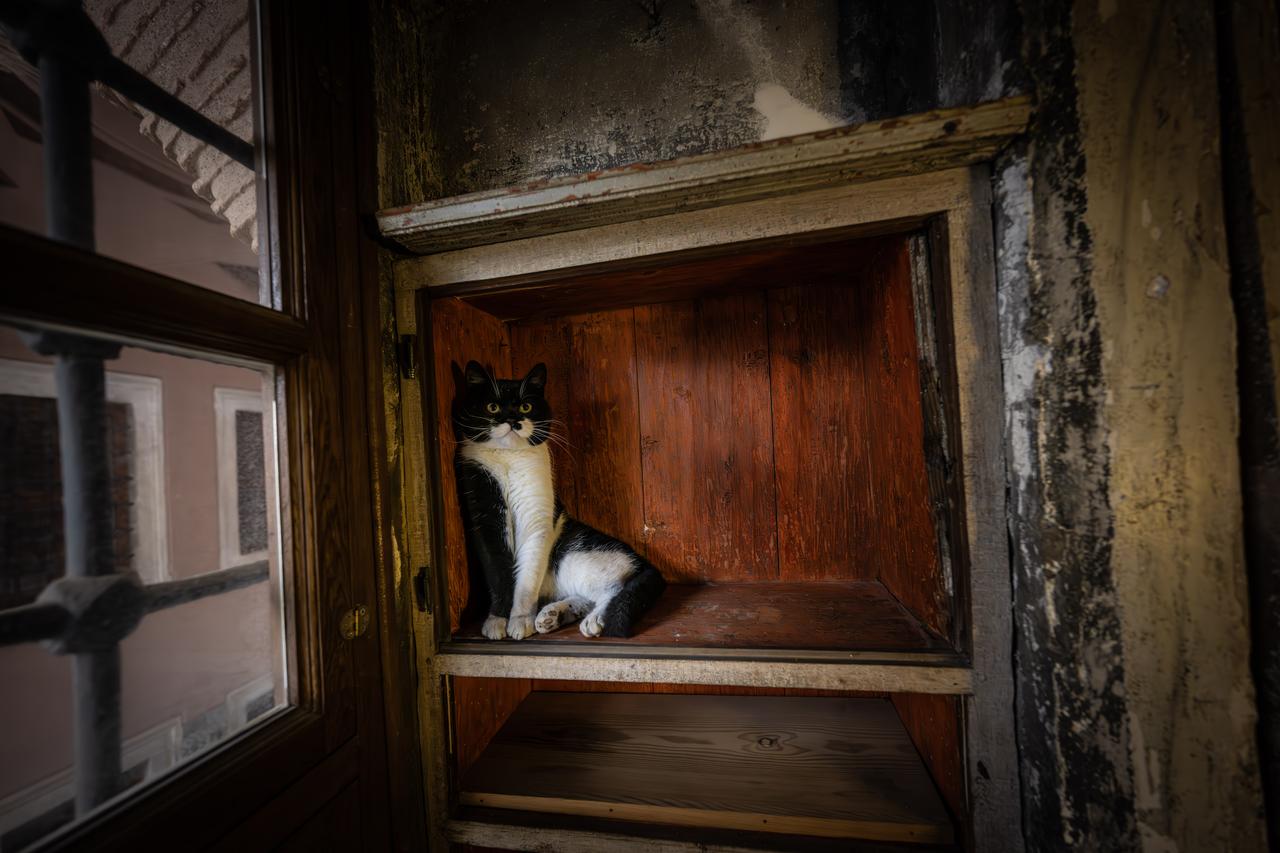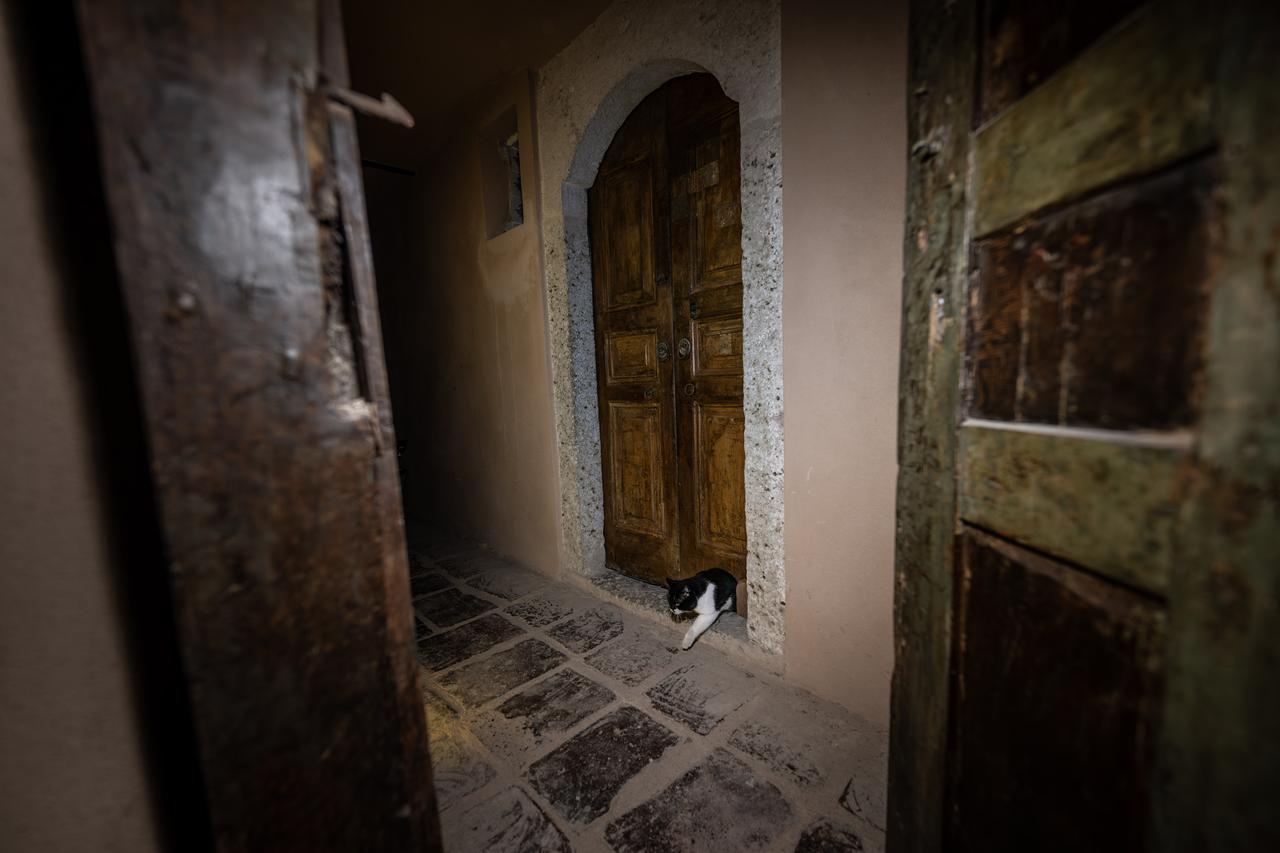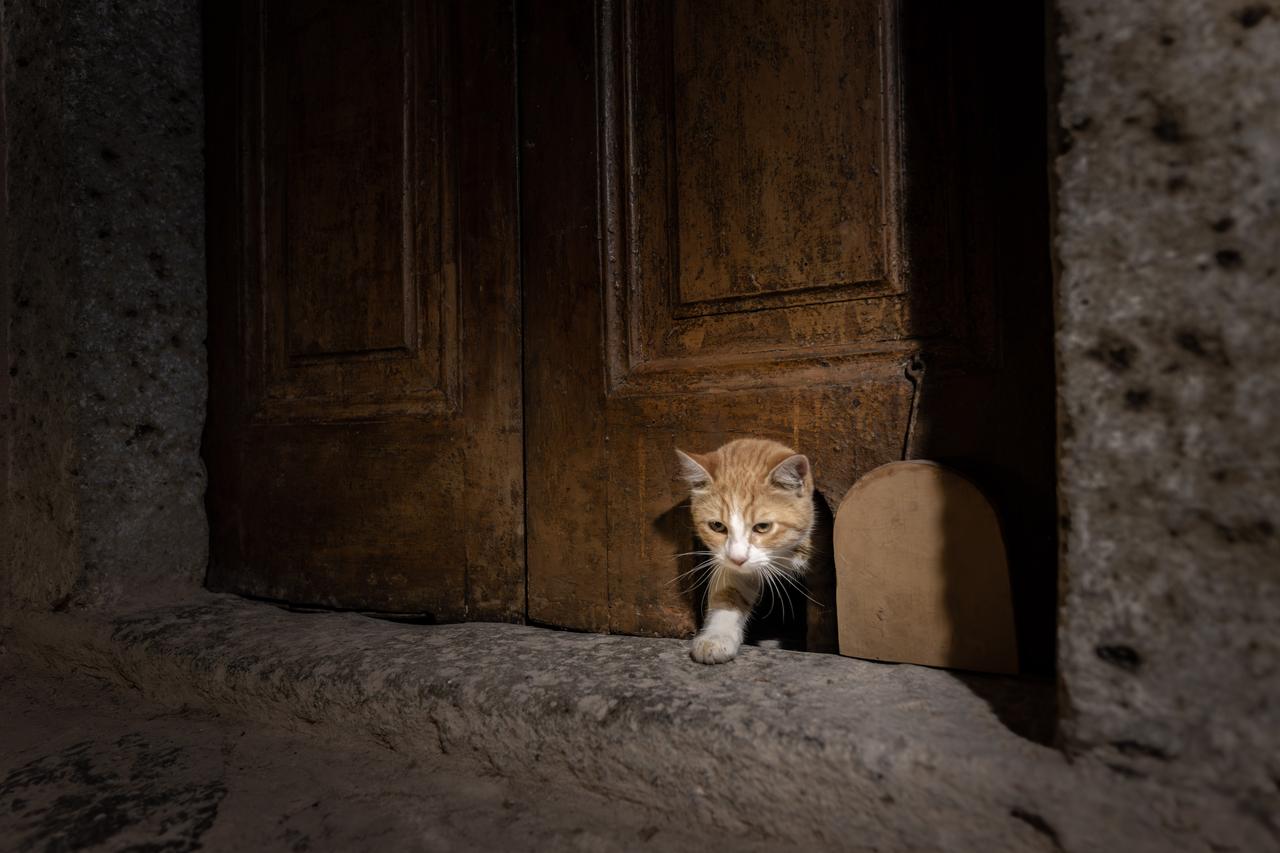
The Topkapi Palace has restored a tiny “cat door” in the Karaaagalar Kogusu inside the Harem, allowing the palace’s resident cats to move freely once again.
The passage, a long part of daily palace routines, has returned to life with Serbet—the granddaughter of Mulayim, a palace cat thought to have gone missing three years ago—leading the way.

The Karaaagalar Kogusu (Quarters of the Karaaagalar) was the living area for “karaaagalar,” the male service corps responsible for the security of the sultan and his family within the Harem (the private, family quarters of the palace).
Topkapi officials note that the room containing the cat door was used by senior figures who held rank just below the Darussade Agasi—the highest office within this corps.
As Topkapi Palace Department Head Ilhan Kocaman put it, “We know that the room where the cat door stands belonged to those who held the status preceding the Darussade Agasi. Since they kept these pets with them, these are rooms they personally used.”

The restoration team completed the cat door to its original appearance as part of broader conservation and refurnishing work in the Harem.
According to Kocaman, domestic animals have always formed part of palace life and moved around the complex: “As a sign of compassion and mercy, these animals were brought into the palace. Because cats lived alongside people, a special door was prepared under the main door to let them in and out easily.”
He added that the Karaaagalar Kogusu, once a lesser-known section of the palace, has reopened after more than a decade of restoration, with the ground floor already accessible to visitors and upper floors set to open gradually due to the building’s delicate structure and narrow stairways.

Staff says that Mulayim, a longtime palace resident believed to be missing for three years, used the small door frequently.
Today, Serbet—Mulayim’s granddaughter—along with other palace cats, has taken up the same route, quietly padding through the passage and weaving the palace’s living traditions into its restored architecture.
Kocaman noted that palace cats continue to be cared for by staff in the courtyards and that there is always a new cat ready to settle in when one moves on.